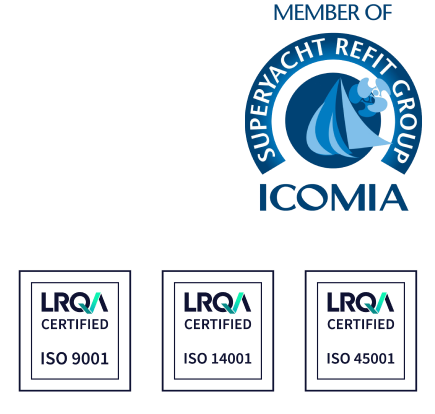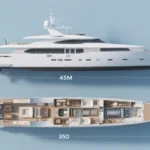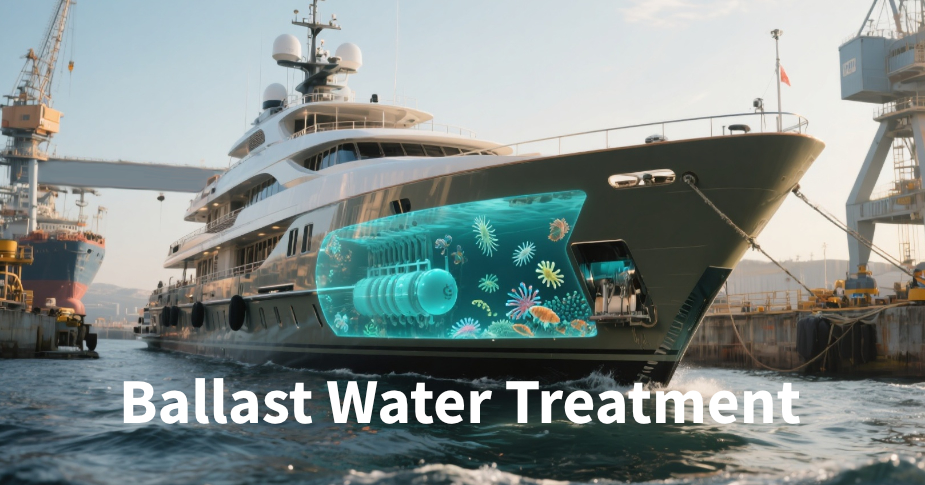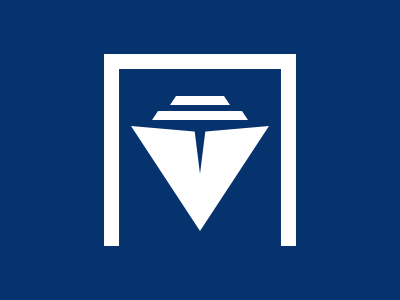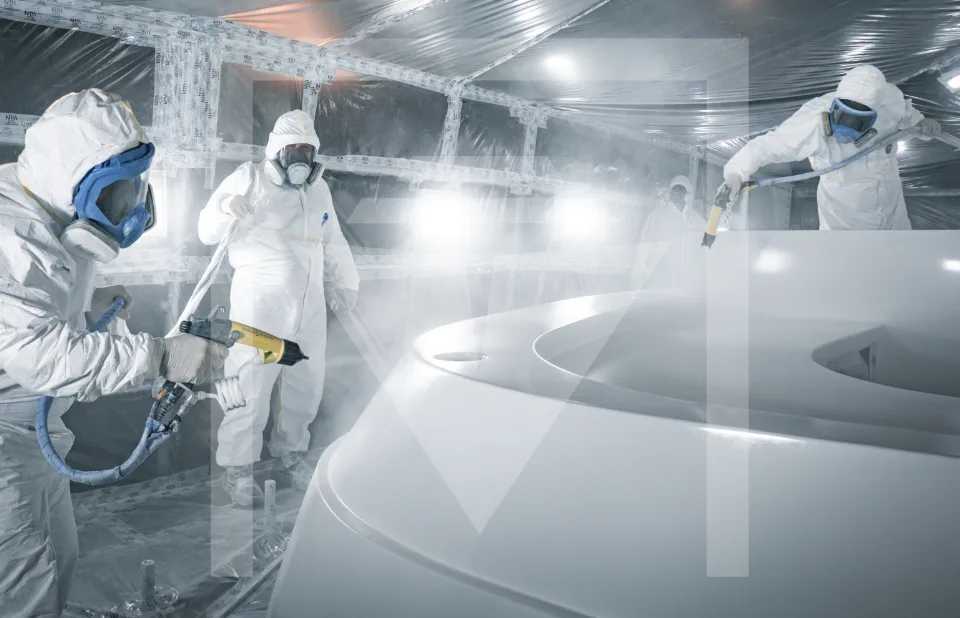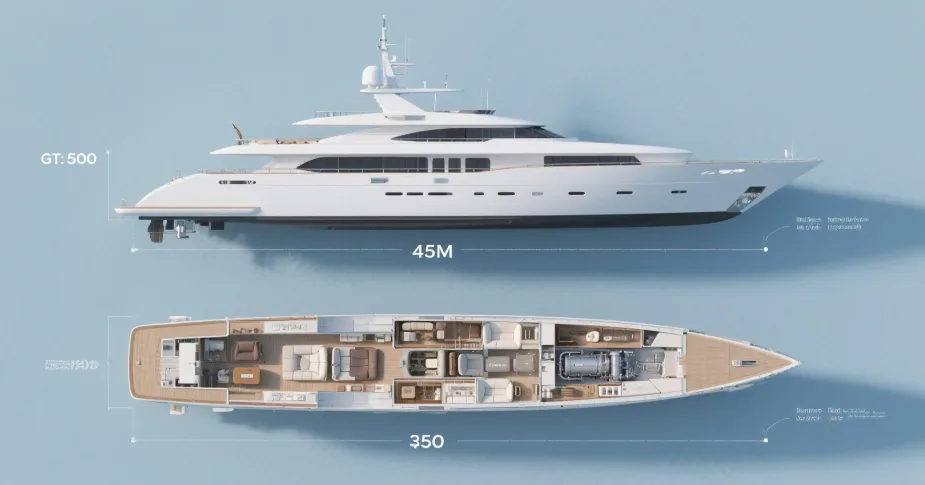If you’ve spent time around yachts or commercial vessels, you may have heard about ballast water and increasingly, ballast water treatment systems. While it might sound like a niche technical detail, it’s actually a topic with serious environmental and operational implications, especially for those involved in yacht operations, management, or refits. In fact, ballast water is more than just water in the hull; it’s part of a global conversation about protecting marine ecosystems and meeting international regulations.
Why Ballast Water Treatment Matters
When a vessel takes on ballast water to stabilize itself during a voyage, it also takes in microscopic marine life plankton, bacteria, even tiny fish or larvae. That water is often discharged in a different part of the world, where those organisms may not belong. The problem? This practice can disrupt local ecosystems, introduce invasive species, and cause major environmental damage.
For yachts, especially larger ones that use ballast tanks for trim or stability, treatment systems are becoming more relevant as environmental regulations expand beyond just commercial shipping. Whether you’re running a large expedition yacht or planning a major refit, understanding ballast water treatment is becoming essential.
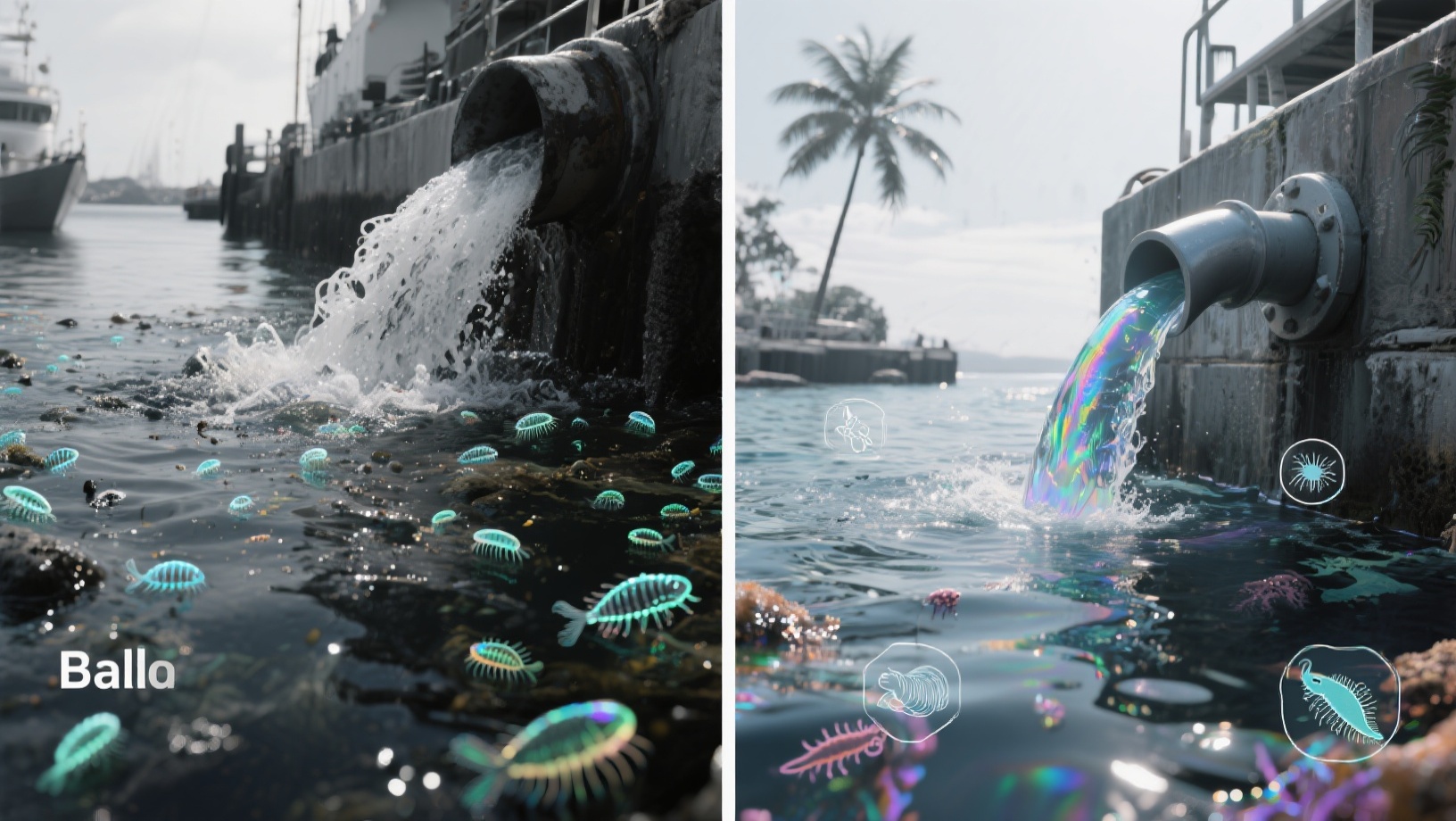
What Exactly is Ballast Water Treatment?
Ballast Water Treatment refers to the process of cleaning or sterilizing ballast water before it is discharged into the sea, making sure it doesn’t spread potentially harmful or invasive species. It’s an environmental safeguard designed to comply with international maritime regulations.
Instead of relying on open exchange (pumping water out at sea and replacing it with new water), which is now considered outdated and risky, modern systems treat the water onboard using a combination of filtration, UV light, chemicals, or other technologies.
Why Ballast Water Treatment Matters
Not to Be Confused With…
Ballast water treatment is sometimes mixed up with bilge water management, but they serve very different purposes. Bilge water comes from internal machinery spaces and can contain oil or fuel residues. Ballast water, on the other hand, is seawater taken in for weight and balance, and the concern is primarily biological, not chemical.
Also, ballast systems used for trim control on smaller yachts may not always use seawater in the same way or may not be required to meet the same standards but for larger vessels, especially over 400 GT, regulations can absolutely apply.
Who Needs to Worry About This?
Ballast water treatment is a hot topic for commercial vessels and large yachts, particularly those that travel internationally. As regulations tighten and enforcement increases, more yachts are required to install and operate compliant systems, especially if they’re flagged under jurisdictions that follow IMO or USCG rules.
If you’re in yacht management, planning a transoceanic cruise, or overseeing a refit on a larger vessel, ballast water treatment should be on your radar. It’s not just about legality it’s about environmental responsibility and future-proofing your vessel.
How Ballast Water Treatment Works
There are a few main approaches used in modern ballast water treatment systems:
-
Mechanical Filtration: This is the first step, where physical filters remove sediment, debris, and larger organisms.
-
UV Sterilization: After filtering, UV light is used to destroy the DNA of any remaining microorganisms, rendering them unable to reproduce or cause harm.
-
Chemical Disinfection: Some systems add chemical agents like chlorine or ozone to kill or neutralize biological material. These systems often include a neutralization step before discharge to avoid polluting local waters.
Some advanced setups combine all three for maximum effectiveness. Systems are usually automated, integrated with the ballast control system, and designed to minimize crew intervention.
Why It’s Becoming a Yacht-Specific Concern
The IMO Ballast Water Management Convention, which came into force globally in 2017, mandates treatment for vessels of a certain size and type. More flag states and port authorities are adopting strict compliance standards, even for large private yachts.
For refit projects, this means that installing a ballast water treatment system might become part of the scope especially for yachts being brought into commercial compliance or upgraded for long-distance, international cruising.
Yards and technical teams need to consider space, power requirements, and integration with existing ballast infrastructure. It’s not just plug and play. And like any environmental system onboard, it needs regular servicing and monitoring to stay effective and legal.
Ballast water treatment might seem like a behind-the-scenes system, but its impact is global. For yacht professionals and owners, it’s part of a growing shift toward sustainable and responsible yachting. Understanding the purpose and function of these systems helps everyone (from deckhands to designers) make smarter, future-ready decisions.
FAQ: Ballast Water Treatment in Yachting
Does every yacht need a ballast water treatment system?
Not necessarily. Smaller yachts or those without traditional ballast tanks may not fall under current ballast water regulations. However, larger yachts over 400 GT, especially those traveling internationally or operating commercially, are increasingly subject to IMO or flag-state compliance.
Can ballast water treatment be added during a refit?
Yes, and it’s often done during major refit periods. That said, installing a system requires space planning, electrical integration, and sometimes structural changes, so it’s best coordinated with the design and engineering team early in the refit process.
How does ballast water treatment affect a yacht’s daily operation?
Most systems are automated and integrated with the ballast management system, so they don’t require much manual input. However, the crew will need to be trained on basic operation and maintenance, and regular checks or calibrations are necessary to ensure compliance.
What happens if a yacht doesn’t comply with ballast water regulations?
Non-compliance can lead to denied entry at ports, fines, or detentions, especially in countries with strict enforcement like the United States. Some ports may also require onboard inspection reports or discharge records, so having a system in place protects operational flexibility.
Are UV systems better than chemical systems?
It depends on the yacht’s operating patterns, size, and engineering layout. UV systems are popular for yachts because they are compact and chemical-free, but they may require higher power loads and clearer water to be effective. Chemical systems may be more robust for higher flow rates but add complexity.
Does ballast water treatment also improve stability or performance?
No, treatment systems don’t influence performance. Their purpose is purely environmental: to prevent the transfer of invasive species. They work in parallel with, but separate from, the yacht’s stability and trim functions.
Is ongoing maintenance a concern with these systems?
Like most onboard systems, preventive maintenance is essential. This includes filter cleaning, UV lamp replacement, sensor calibration, and logging. Choosing a user-friendly and well-supported system during installation can reduce future headaches.
Are there any portable or temporary solutions for ballast water compliance?
A few containerized or skid-mounted systems exist for commercial use, but they’re not common in yachting due to space and design constraints. For most yachts, a built-in system during a refit or new build is the most practical and compliant approach.

